Companies at the heart of technological and digital transformation
Source: Äri-IT, autumn 2022
Author: Jane Juhanson, Sales Manager of ERP Solutions at BCS Itera
Years ago, Lennart Meri said that in a changing world, victory belongs to those who go along with it, move perhaps a little faster than the world, get ahead of the world, and are able to foresee the problems, the questions, and the solutions that life provides. These thoughts are just as relevant now.

A study by the International Labour Organization found that technological innovation, including automation and digitalisation, has the strongest impact on business, both in terms of competitiveness and overall functioning (ILO, IOE, 2019). However, this is not just about large enterprises or a particular sector. Medium and small businesses in each industry also need to consider what changes will affect their management, strategy, business model, supply chain, or software.
The future of digital business provides almost limitless opportunities for creating business value. Data and analytics based on this have increasingly become a key driver of business strategy, and the potential of data-driven business strategies and information products is greater than ever.
Software is only one, but at the same time a very necessary, part of the digitisation process. In particular, I would like to focus on enterprise resource planning software, or ERP, as a daily management tool of a company’s business processes, the introduction of which is often one of the most important investments. Trends in technology show which direction to take when making an investment decision.
CLOUD-BASED PROCESSES ENSURE FLEXIBILITY AND MODERNITY
Ever more customers are using cloud platforms. This means that data and processing can be managed in the cloud and made available to devices faster. This often brings the greatest benefit to small- and medium-sized companies, allowing them to escape costly system maintenance and employing an IT team. Cloud-based ERPs are on a state-of-the-art platform and can easily be integrated with other parties using cross-platform and mobile-based amplifiers. In addition, the platform’s lifecycle is structured in such a way that the solution is always available with the latest version. Today’s technology also allows you to react promptly to changes in business and complement the solution with the necessary functionalities. When it comes to user licences, the advantage of the cloud model is flexibility, which is especially useful if the nature of the business is seasonal or when the number of users is constantly changing.
THE INTERNET OF THINGS BRINGS A NEW QUALITY
The Internet of Things (IoT) is a trend in which objects related to products or services are equipped with specific sensors that allow you to send information without direct human intervention. It is difficult for companies to manage large volumes of data, but it is these data that, for example, allow them to better assess the behaviour of the buyer or to market their products and services. ERP solutions are no longer just data collectors, but, among other things, so-called trend forecasters. IoT provides greater efficiency and business intelligence in real time.
IoT is used in asset management (energy management, field surveillance, smart lighting solutions, parking systems, waste and water management) as well as in business (supply chain management, warehouse space layout optimisation, use of detection systems, fleet monitoring in logistics, health monitoring and monitoring of patients’ vital signs in health care, etc), where it is integrated with sensors and equipment. While the reliability of equipment is monitored in real time in business-critical technical units, preventive detection of defects and damage, as well as predictive maintenance, are more important nowadays, as they reduce machine downtime. All this enables the possibility to solve problems immediately as they arise.
ARTIFICIAL INTELLIGENCE SAVES US FROM REPETITIVE WORK
In ERP, artificial intelligence (AI) technology is most often used in accounting (automation of repetitive tasks, cash flow forecasting, identification of payment defaults, reduction of human errors, etc) and in production (process automation, demand planning, sales forecasting, hazard identification, etc.) Machine learning as one of the branches of AI, as well as robotics, help employees in certain operations, such as delivery management in warehouses or product identification, packing, and documentation or maintenance of databases.
MOBILITY TAKES US TO THE PLACE OF BUSINESS
ERP systems are increasingly moving outside traditional computers. Mobile devices, such as phones or tablets, are not only used for leisure and entertainment, but also in daily work. Thus, ERP software must be usable on smart devices of different sizes with the necessary apps and intelligent user interfaces.
Microsoft’s solutions are based on the principle that the software can be used on any smart device (computer, tablet, smartphone). This is how mobile solutions intended for various roles (desktops for salespeople, mobile checkouts, self-service environments for workflow control, etc) are used.
SECURITY KEEPS US ALIVE
Security has become the number one priority for software producers. The first weak point is authentication, where Microsoft, for example, uses the multi-factor authentication (MFA) principle. However, another risk is break-in through vulnerabilities, which can happen when the API is interfaced with third-party applications. Cybersecurity deserves special attention. Data leaks and cyberattacks on websites and hardware in both the public and private sector have become more frequent. In Europe, every SaaS provider must comply with the GDPR requirements and ensure that each user’s personal data are protected, in particular by data encryption. All this also sets higher expectations for outdated ERP software to ensure that it is adapted to the current needs and is future-proof.
VIRTUAL REALITY BRINGS NEW RESPONSIVENESS
The use of virtual reality (VR) enables the possibility to alleviate the resource and labour shortages in companies. Thanks to this, it is possible to perform certain tasks remotely and serve as a mentor to junior specialists, who can be virtually guided in a certain process (eg repair of equipment). Euronics, for example, also has a robotic warehouse, where major malfunctions are solved with the help of HoloLens augmented reality glasses. Technicians on the system’s vendor side can share image and sound, documents and instructions live through the glasses of a local technician.
WHERE TO BEGIN?
It all starts with needs and comes down to strategic choices and return on investment. In order to make decisions, it is essential to obtain a comprehensive picture of the situation in the company, which relies on thorough preliminary work and mapping of business processes. All parties, from the CEO to the managers of key processes, must unambiguously understand the need for change.
Skilful digitisation may seem expensive at first, but it helps to save time and money in the long run, for example, at the expense of infrastructure costs and optimised working time and processes. Today’s flexibly customisable ERPs create good prerequisites for covering the entire supply chain. Routine work sections are increasingly being replaced by smart devices or automation.
However, the changes that digitalisation brings are not only technical in nature. Companies have an important role to play in supporting and encouraging their people when implementing innovation. This is also the reason why we recommend to implement digitisation step by step, to allow employees adapt to the changes and to maximise the productivity of the investment.
Those with a greater interest in the topic can also find inspiration in the following sources used when writing this article:
